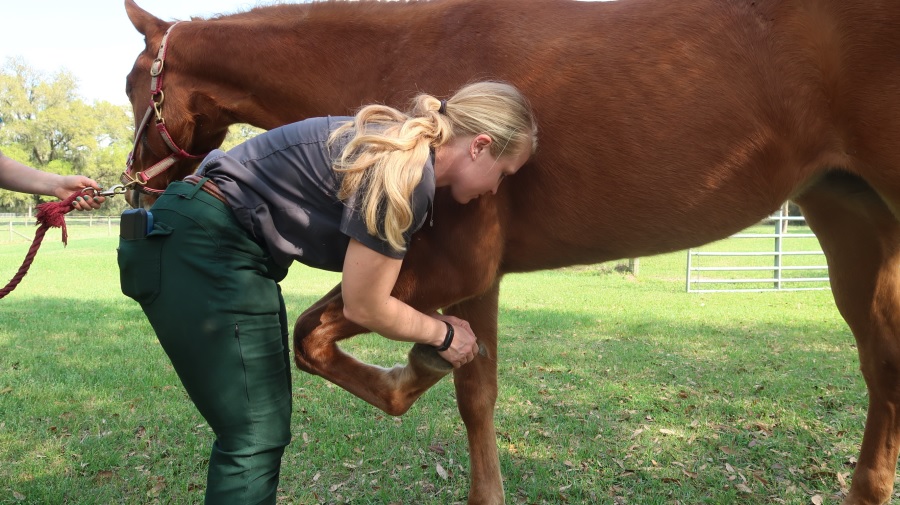
How Vets Evaluate Lameness in Horses
Whinny’s Wisdoms
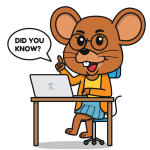
Hi everyone, Whinny here! In the previous installment of my Lameness Series, we talked about what you might notice if your horse is lame and needs a visit with one of my Springhill vets. This week, we’re going to talk about what happens once you make that appointment! There are several parts to a lameness exam that help my vet figure out the problem, and you might see her doing some or all of these things to check out your horse. Some types of lameness are more obvious and won’t require all the steps, but for a more subtle lameness, each of them can be a piece in the puzzle to find the source of the problem.
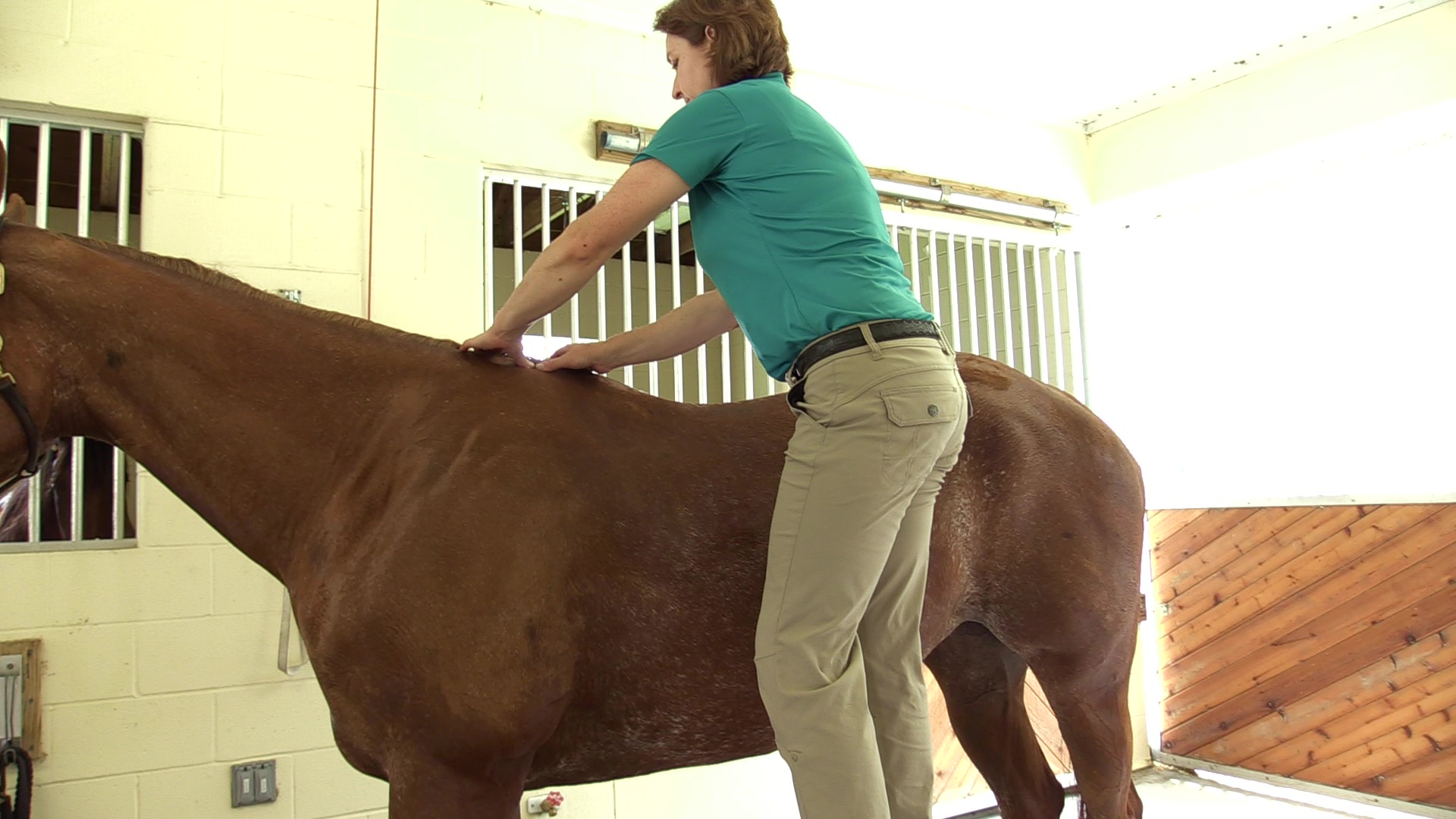
Physical Exam
My vet will do an exam to look and feel for abnormalities in the horse’s body. She will look at his conformation and muscle symmetry. She will check out his posture to see if he stands squarely, since abnormal stance can give clues to the areas of discomfort. His hooves and shoes will also be evaluated carefully – I’m sure you have heard the saying “No hoof, no horse” – the angles and health of the hooves are critically important to soundness. My vet will feel your horse’s limbs for heat or swelling and evaluate his tendons for thickening or pain. She’ll feel the limb pulses to look for areas of inflammation. The joints will be palpated for swelling and taken through their range of motion. The exam will often include an evaluation of the back muscles for tension or sensitivity, especially with a hind end lameness.
Hoof Testers
You may see my vets use a big metal instrument to squeeze your horse’s hoof. That instrument is called a hoof tester and it checks for sensitivity when pressure is applied to certain areas of the hoof. My vet’s knowledge of the anatomy inside the hoof helps her to determine what pain in a certain spot means. Sensitivity in one area may indicate laminitis, whereas another spot may signify a problem with the navicular bone. Hooftesters can also be used to locate the position of a hoof abscess so my vet can open it up to drain.
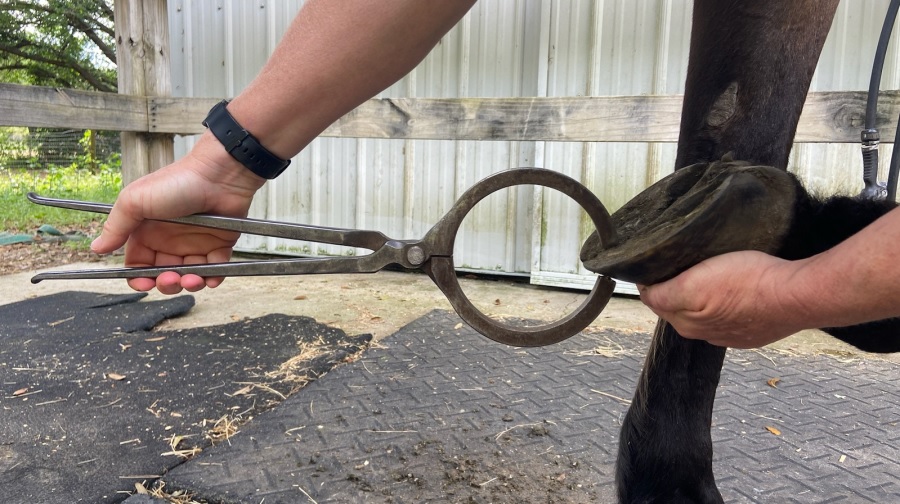
Flexion Tests
You may see my vet holding up your horse’s leg for 30 or 45 seconds and then asking him to immediately trot off – that’s a flexion test. The purpose of a flexion test is to accentuate pain that may be coming from a joint, in order to localize the part of the leg that is bothering your horse or to look for a subtle problem that isn’t immediately apparent. Specific joints are flexed in turn to check the response to that area. If your horse has an arthritic hock, for example, flexing the hock may make him trot off more lame than he was without the flexion. That can help my vet determine the part of the leg that needs treatment. Flexion tests aren’t always a black or white answer, but they can be a useful puzzle piece in some cases. My vet uses her experience to know the appropriate position, time, and pressure for a flexion test, since it’s possible to get an inaccurate assessment if you flex the joint too hard or for too long. It’s also useful for her to flex the same joint on both the left and right sides to compare how the horse responds.
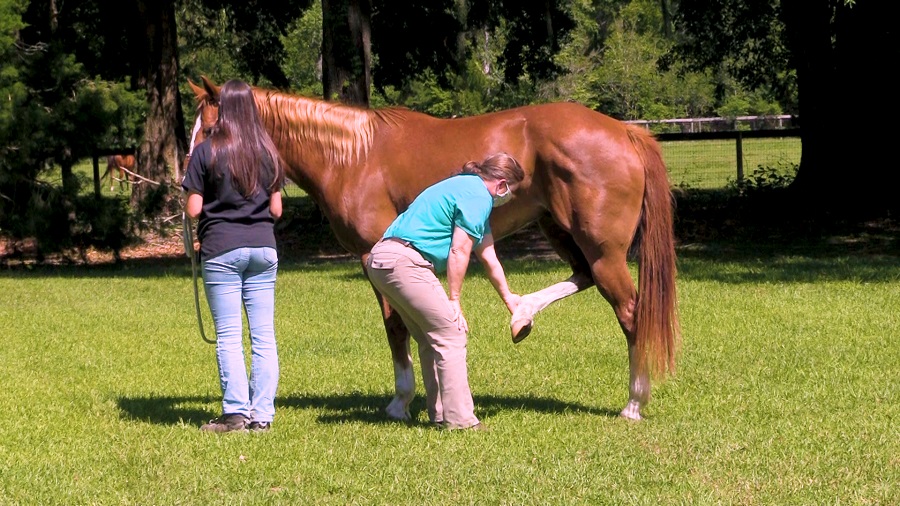
Nerve or Joint Blocks
Have you ever gone to the dentist and had a shot to make your tooth numb for a filling? That’s basically the same thing as a nerve block my vet may use during a lameness exam. When my vet “blocks out” an area on your horse’s leg, she is temporarily numbing it to see if that region is the source of the pain. If the correct spot is numbed, your horse won’t look lame anymore since he won’t feel the pain. Unless there is an obvious abnormal finding on her physical exam, my vet will inject a numbing agent into specific anatomical areas until she finds the one that takes away the lameness. Nerve blocks are an injection to directly numb a nerve and the area it supplies feeling to, while joint blocks will inject the numbing agent right into a joint, which is a sterile procedure. Blocks only lasts a couple of hours though, so don’t confuse them for a permanent treatment, they are just a way of finding where the problem is so it can receive the appropriate therapy.
Imaging
Once my vet has determined which leg your horse is sore on and which part of the leg is the problem, she will often recommend imaging to get a look at what’s going on inside. This is most often an X-ray (radiograph) or ultrasound. Generally speaking, X-rays look at bone and ultrasound looks at soft tissues such as tendons.
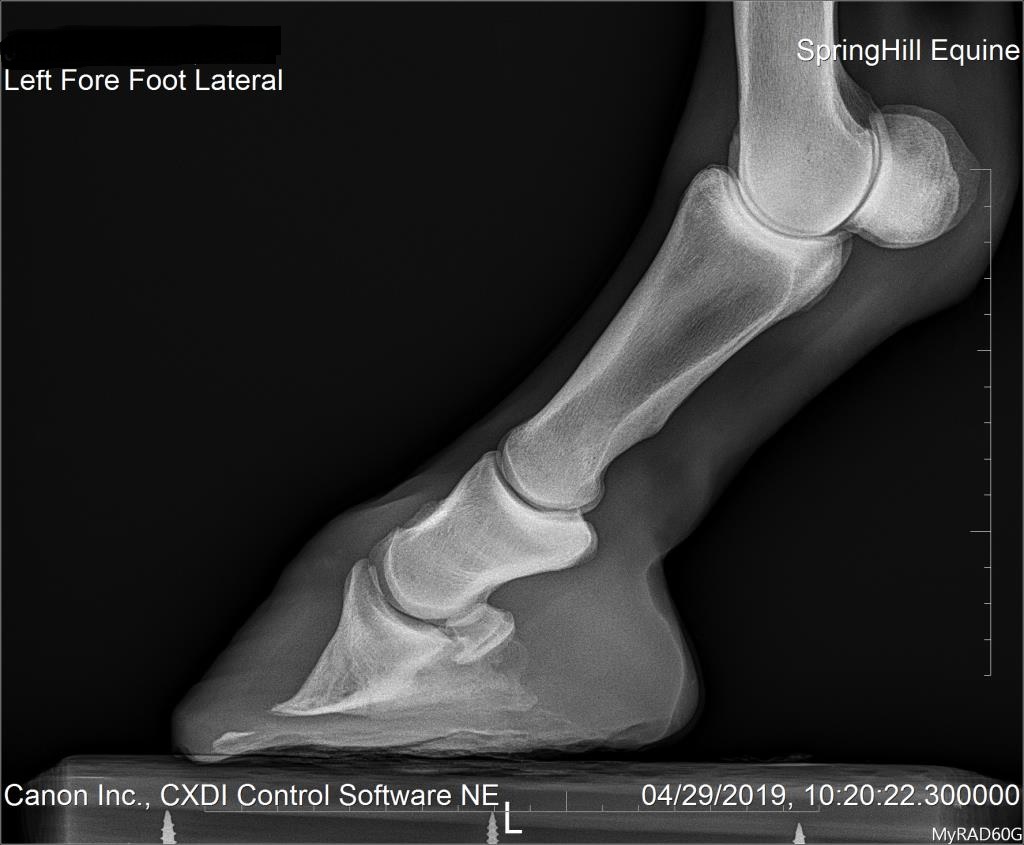
Occasionally, advanced imaging such as CT or MRI is needed, but the majority of cases can be diagnosed with the imaging equipment my vet carries in her truck. Once a specific diagnosis is made, she can recommend the best treatment to get your horse sound and back doing those things you want to do with him!
If your horse has something going on, make sure to give my team here at Springhill Equine a call to schedule a lameness evaluation. They are amazing at what they do!
Until next week,
~Whinny
P.S. Are you missing out? In addition to my amazing blog, this website also has the biggest equine podcast in the world, a huge video library filled with how-to’s and seminars, a series of best-selling books, and direct access to some of the best equine veterinarians on the planet! I’m just a small (pun intended!) part of a fabulous team of equine professionals here at Springhill, and I want to make sure you are taking advantage of everything we have to offer. And most of it is free! So take a minute to explore the rest of the website while you’re here. I promise you’ll find something you can use to make the world a better place for your horse.
 Whinny’s Wisdoms is the official blog of Whinny the Clinic Mouse at Springhill Equine Veterinary Clinic in Newberry, Florida. If you liked this blog, please subscribe below, and share it with your friends on social media! For more information, please call us at (352) 472-1620, visit our website at SpringhillEquine.com, or follow us on Facebook!
Whinny’s Wisdoms is the official blog of Whinny the Clinic Mouse at Springhill Equine Veterinary Clinic in Newberry, Florida. If you liked this blog, please subscribe below, and share it with your friends on social media! For more information, please call us at (352) 472-1620, visit our website at SpringhillEquine.com, or follow us on Facebook!
[jetpack_subscription_form title="Subscribe to Whinny's Wisdoms"]
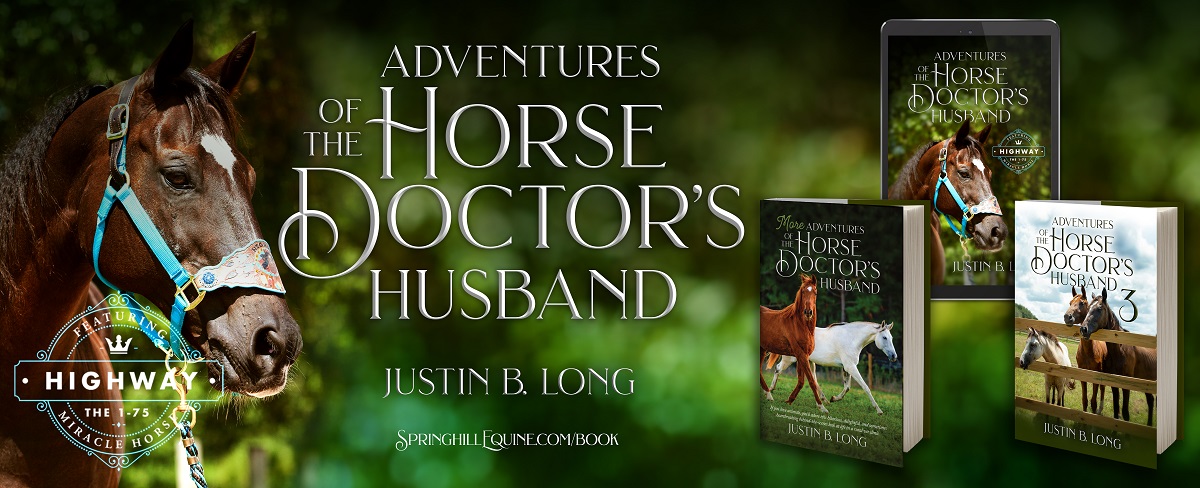
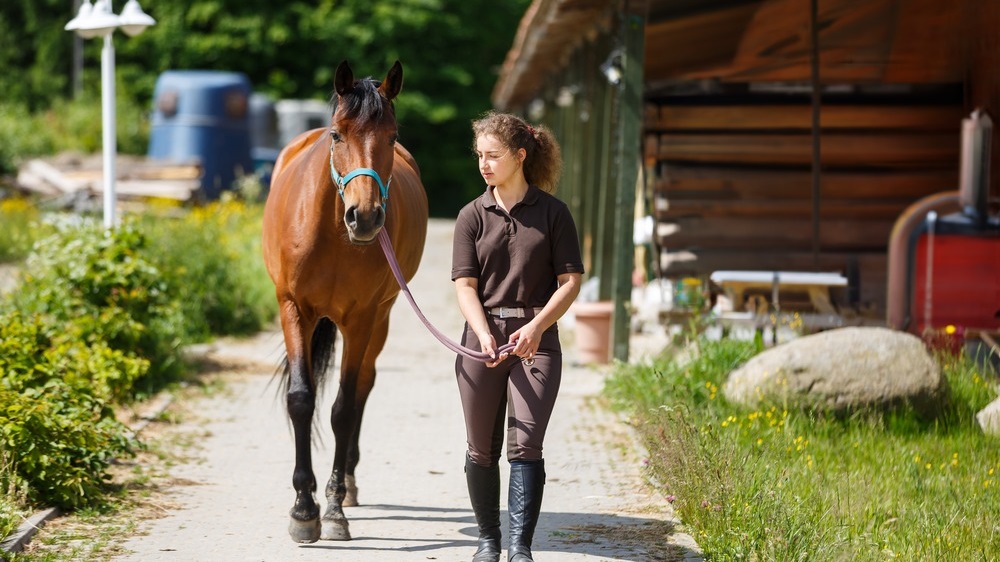


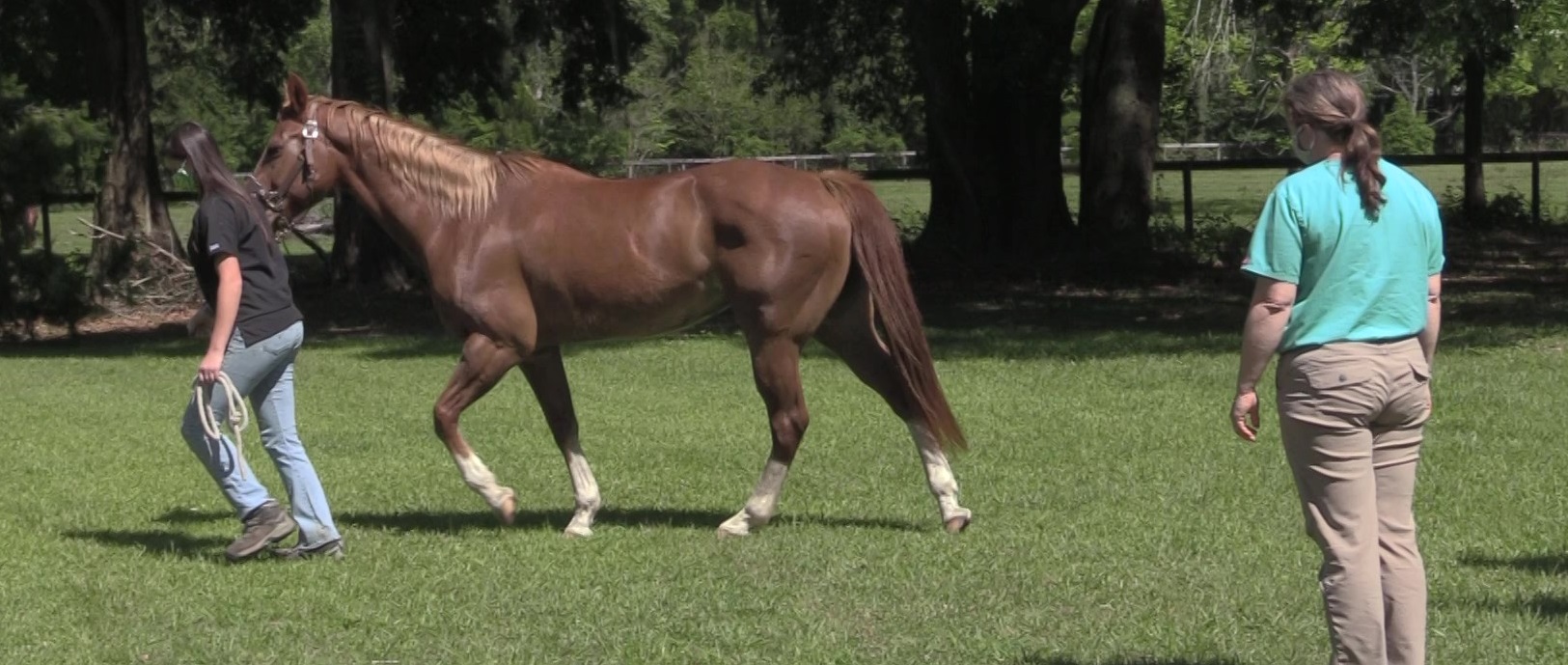
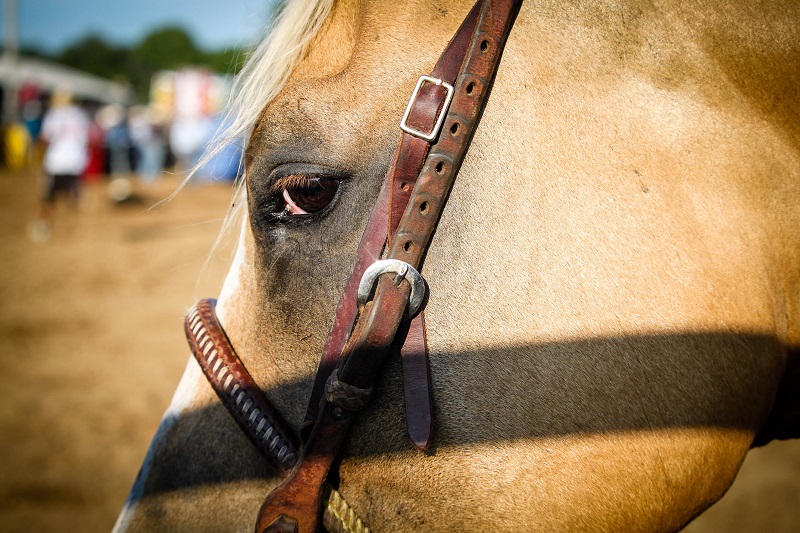

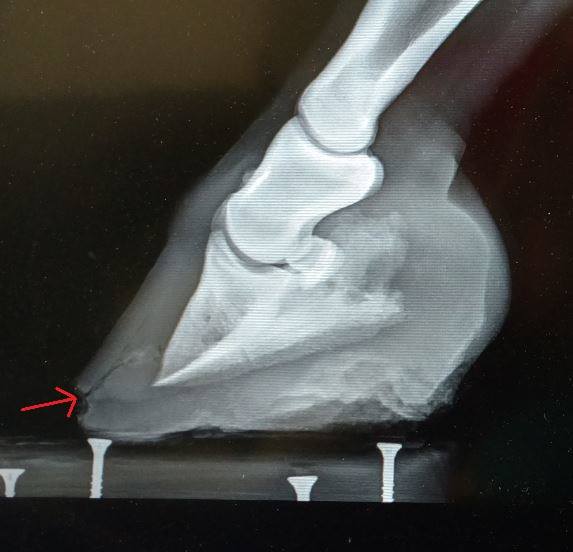

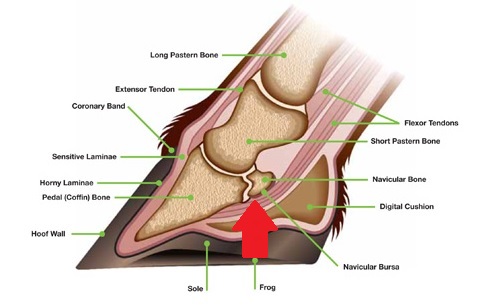
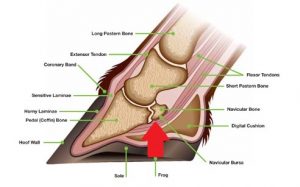 Kinda sounds like one of the pieces you make sure you take out of your Thanksgiving turkey before eating it, right? Well, in fact, the navicular is a small bone in your horse’s foot at the back of the coffin joint. It is technically a sesamoid bone, meaning it is not one of the main weight-bearing bones in a joint. Despite this, navicular bones play a huge role in the physiology of how a horse’s foot bears weight.
Kinda sounds like one of the pieces you make sure you take out of your Thanksgiving turkey before eating it, right? Well, in fact, the navicular is a small bone in your horse’s foot at the back of the coffin joint. It is technically a sesamoid bone, meaning it is not one of the main weight-bearing bones in a joint. Despite this, navicular bones play a huge role in the physiology of how a horse’s foot bears weight.